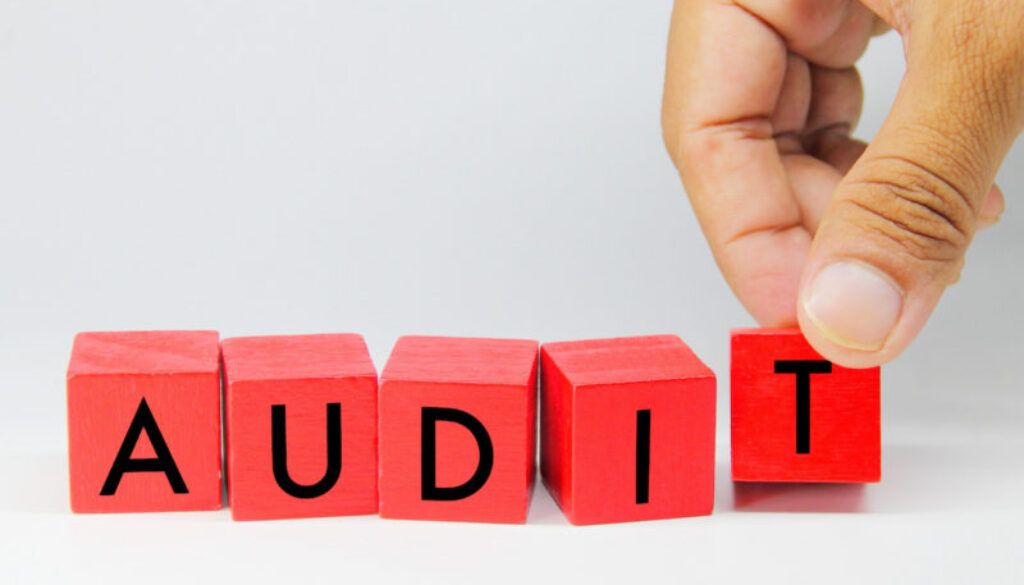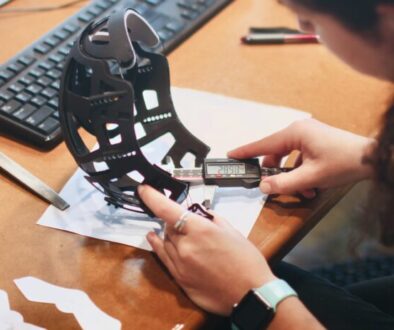Hosting a quality audit is a demanding task for companies and identifying the right stakeholders for the audit is essential. The process should be systematic and standardized, and the audit should cover the whole company. The company must instill a quality culture in every department and individual, and the audit is an excellent opportunity to do so. The company should involve all departments in the audit, as this shows excellent communication and coherence.
Inconsistencies in processes
When hosting a quality audit, it is important to consider the inconsistencies in the processes that are involved in your organisation. These inconsistencies can result in differences in the quality of the processes themselves. If you are unable to identify the root causes for the identified deficiencies, you may not be able to improve your internal quality management system. Whether you’re hosting a quality audit for your own company or for a third party, inconsistencies in processes can have an effect on the quality of the audit.
Inconsistencies can be addressed in a variety of ways. The first is the implementation of recommended changes. This requires that a team of external experts review the processes of the organisation and give recommendations on how they can be improved. Another method is to review and catalogue non-value-adding activities. This process involves a variety of diagrammatic techniques that can help you generate ideas and prioritize the issues.
It is important to document your processes and procedures. This will ensure that the ISO auditor can determine how well you have implemented your quality assurance system. If your documents aren’t in place, your audit could fail and result in a non-conformance. Documentation should be comprehensive and easily accessible for the auditors to review.
It’s also crucial to streamline the process for hosting a quality audit. Quality audits should be an enjoyable and productive experience for everyone involved. By eliminating any process that prevents your team from being productive, you will be able to maximize the overall outcome. For example, YOOBIC can help you eliminate time-consuming paper checklists, confusing reports, and other inefficiencies. With the right tools, a quality audit can become an organization’s secret weapon.
The goal of a quality audit is to determine whether your organization is meeting the standards and ensuring that patients are happy with the service. This is done by measuring the effectiveness of a service, its timeliness, or its efficiency. In some cases, an audit may also assess the effectiveness of a particular process or practice.
Failures in quality audits
Failures in quality audits can happen for any number of reasons. For example, they could be caused by poorly organized documents, poorly maintained facilities, or even improper use of equipment. Another possible cause of a failure is social. These types of failures often involve non-compliance with acceptable working conditions, such as workplaces without safety regulations. For example, an offshore oil installation audit recommended leaving firefighting pumps on automatic mode when there were no divers in the area. Another example is the Piper Alpha fire, which killed 167 people.
Failures in quality audits are not necessarily cause for a company to lose its certification. Instead, they should be seen as an opportunity to learn and improve. Clear Quality helps clients understand what causes nonconformity and helps them gain certification. This way, they can move forward and grow as an organisation.
In the case of a pharmaceutical company, documentation failures are often the reason for FDA warning letters. In one case, the FDA cited a drug manufacturing facility in India for using paper-based systems. In the facility’s scrap yard, a binder containing documents was found. The documents had not been reviewed by the quality unit.
The PCAOB’s inspections are often performed after fieldwork is complete. As a result, hindsight bias often surfaces in inspections. Inspecting an audit’s work based on management’s estimates, which are frequently predicated on future economic conditions, may lead inspectors to form retrospective judgments on auditors’ judgments. These judgments are frequently concerned with the reasonableness of complex financial statement estimates, and the effectiveness of internal controls.
In the end, quality audits can result in better products and services. Passing a quality audit can also lead to a business becoming compliant with industry standards, which can be helpful in collaborating with other organizations. So, quality audits are an essential part of any quality management system. So, how do they work?
Managing the demands of a quality audit
When conducting a quality audit, it is imperative to allow sufficient time for the auditor to gather the necessary insight. The audit process should include a comprehensive assessment of the quality management system and provide management with recommendations on how to improve it. Once the audit is complete, management should be able to track changes and evaluate the impact. The results of the audit should also be communicated to the workforce, in order to ensure that employees are engaged and motivated.
Once the lead auditor has gathered the information necessary to prepare for the audit, he or she will begin the process of preparing a checklist. The checklist will be used as a guide during the audit and should include key observations and outcomes. It should be a mandatory guide for all members of the audit team.
A quality audit may be conducted by an independent organization or by a third-party. The end result of the audit may be certification, license approval, or even a fine or penalty. The objectives of the audit should be clear and focused on the risk areas in the business lifecycle. They should also be consistent, so that they are easier to evaluate and provide employees with clear goals.
The independence of the audit team is critical to the overall quality audit. Independence is measured in a variety of ways, including whether or not the audit department receives direct command or influence from management. The independence of an audit department is critical to ensure an effective performance of its duties and reports to the board.
Quality audits are becoming increasingly complex and regulated in the medical device industry, and it is vital to ensure compliance with regulations. The best way to prepare for quality audits is to conduct preventative auditing. This preventative approach is a proven way to improve the quality management system.
In addition to ensuring compliance with quality standards, quality audits also help develop a standardization process. With the right audit program, an organization can develop similar standards for all of its functions. This knowledge can then be transferred to procedures and competence requirements for its employees.
Identifying stakeholders
Identifying stakeholder groups is an essential step in hosting a successful quality audit. This process will help you ensure that the stakeholders involved are properly represented. You should identify each stakeholder group from the project charter or other project plans and documentation. It’s also important to identify key stakeholders early in the project. This will allow you to build a relationship with them early on.
Before hosting a quality audit, identify the stakeholders who are involved in the project. This way, you can customize your communication approach and meet their needs. A good tool will also record the meetings you have with them, making it easier to manage the meetings and keep in touch with them on a regular basis. However, you must be aware of how to strike a balance between engagement and detachment. While it’s important to know the expectations of stakeholders, they should never be forced to attend meetings just because you’re supposed to.
When you identify stakeholders, you’ll be able to create an audit strategy that addresses their concerns. For example, if you identify trigger words in the audit report, stakeholders will likely be interested in reading it. They may also want to review the IA workpaper. Identifying stakeholders before hosting a quality audit will help you create an action plan that will address non-conformance issues before they even arise.
Audit credibility is also important. The stakeholders in the audit must trust the auditors’ ability to conduct the audit objectively and effectively. For example, an independent auditor will not be able to comment objectively on an undeliverable plan. Also, an audit should be legitimated by a statutory provision.
Quality audits are essential for effective project management. They evaluate processes, identify shortcomings, and provide recommendations for improving processes. PMP credential holders can use the information collected in audits to improve the process, as well as identify best practices. In the end, quality audits are meant to improve processes and products.
The value of audits can vary depending on the type and context. For example, local government audits conducted post-Audit Commission England do not challenge the independence of the auditors, while auditees place a high value on their usefulness. Another example of this type of audit is conducted in Australia by the Australian National Audit Office. In this context, stakeholders place equal weight on usefulness, utility, and relevance.




